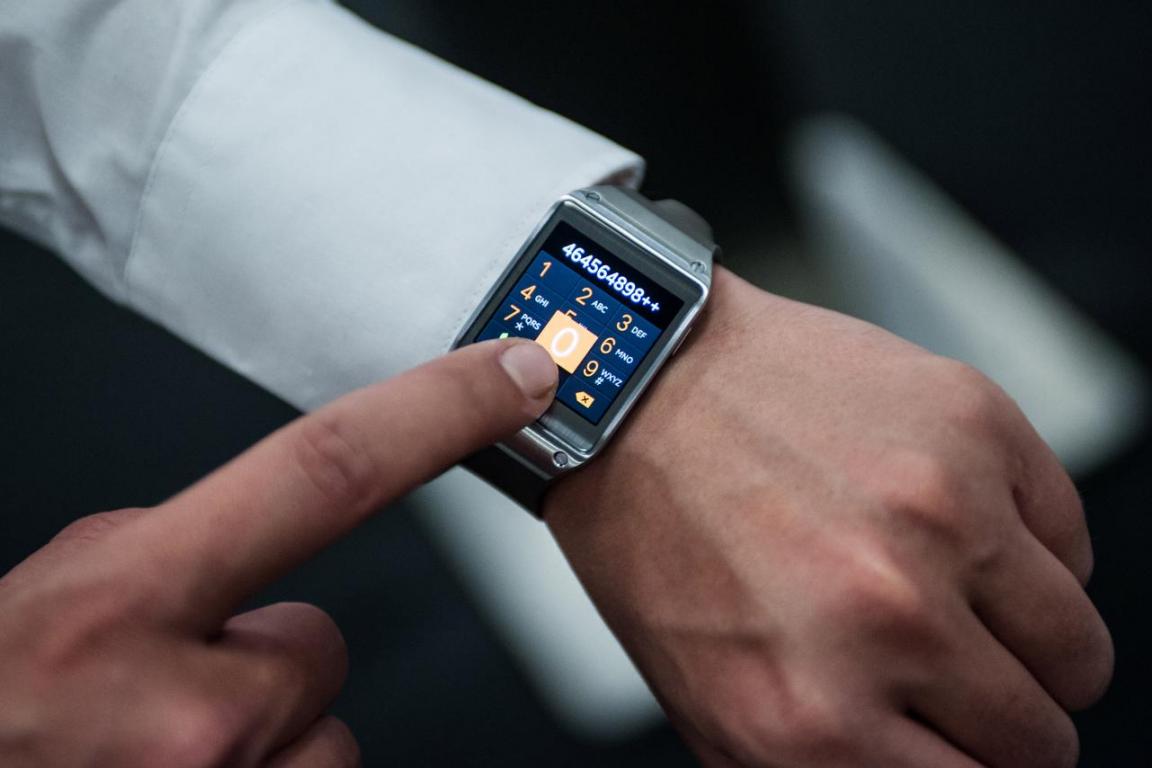A new report on the future of wearables says the global market for worn devices is expected to grow to $37 billion by 2020.
Bharat Book, a leading business intelligence company says growth in smartwatches, fitness trackers and other mobile electronics fitted devices is likely to move on an upward trajectory over the next five years.
According to the Mumbai-based company, the consumer electronics and electronics healthcare market is expected to continue to grow over the next five years as major manufacturers move into health-related electronics. The report adds that it will be the health side, which is likely to win over the majority of adopters.
The Bharat report notes smartwatches and smart wristbands cumulatively account for the lion's share in the global market.
It adds, luxury timepiece makers are having to take note of the rise of items such as the gold variant of the Apple Watch, which has seriously affected sales in the past quarter. The report also notes these watchmakers are also now seriously beginning research into how they can implement electronic measurement devices and how to increase the timepieces' "connectivity."
It also notes the introduction of innovations into the industry is also likely to radically shift market share from traditional players, going on to say that these innovations in battery life and usability are also likely to increase takeup of wearable devices.
The report is in line with other international market prediction reports. Currently the growth in wearables has been tepid in some markets, with reports that Apple's smartwatch sales are not meeting the company's expectations.
Future Trends
In May, TechAnalysis, a US-based technology research firm, said though the business is evolving slower than many technology companies had hoped, the worldwide market for smart wearable devices continues to grow.
In its latest report, TechAnalysis says wearable industries are on the cusp of a radical transformation.
The report adds worldwide shipments for wearables are forecast to reach 175 million units by 2020, while revenues will be $31.6 billion by the end of the decade, down slightly from the 2018 peak of $31.9 billion.
This represents a significant increase from the 2014 total of 22.8 million units and $2.9 billion in revenues. In the US, wearable shipments are expected to be nearly 62.9 million in the same timeframe, down from a peak of 68.3 million in 2019. US wearable revenues are forecast to peak at $13.4 billion in 2018 and then fall to $11.7 billion in 2020.
“As we originally predicted, early market expectations for wearables have clearly not been met, yet there remains optimism for longer-term opportunities in certain key segments,” said Bob O’Donnell, founder and chief analyst at TECHnalysis Research. “In particular, we are beginning to see solid revenue opportunity for wearables in business environments.”
The Smart Watch category is expected to surpass Smart Bracelets as of 2016 and will remain the largest segment in the overall wearables category, reaching 77 million units, or 44% of the total by 2020.
Looking at revenues tells a different story. The Smart Glasses/Headworn Wearables category is predicted to hit $13.5 billion or 43% of total revenues by the end of the forecast.
“Most industry watchers have focused on wrist-worn devices,” commented O’Donnell, “but we believe after a bumpy start, head-worn devices like augmented reality glasses will take over a significant portion of the market.”
Iranian Market
Locally the scene is lagging behind global trends; so far wearables in the market have been met with curiosity above other reactions. This is due to the slowness of adoption of smartphones in general, also the price point of the smartwatches and bands is comparatively high compared with average local monthly incomes and expenditures.
An in-house study of over 100 people reported that currently less than 1% of people currently own or use wearables or wish to purchase them.
Another contributing factor is the wearables on offer in Iran are also from South Korean companies whose devices have met with little enthusiasm.
Smart wearables are equipped with multiple sensors, which facilitate the wearer with health and fitness monitoring, GPS navigation and a range of other benefits.
Over the last couple of years, a variety of smart wearables, including smartwatches, smart wristbands, smart glasses, smart garments and smart jewelry, have been launched across the globe. These smart wearables, integrated with unique features, find applications in diverse sectors, including consumer electronics, healthcare, defense and apparels.
However, the global smart wearable market is still in its nascent stage, with major market traction being predominantly witnessed in North America and Europe. However, growing health concerns and rising number of smartphone users are driving demand for smart wearables in China, Japan, South Korea, etc. Consequently, major smart wearable players are focusing on offering technologically advanced products at low price points to increase their foothold, globally.


